Guest Post - Navigating Grief And Loss Throughout Life
Although death is a natural part of the cycle of life, when a person we love is taken from us due to illness or a tragic event it is devastating. My father told me his “whole world stopped spinning” when he described the death of his brother. He went on to tell me that it was hard to see that other people's world didn’t stop like his. Life returned to normal for others leaving my father in an alternate reality.
The uniqueness of COVID is that in a way the world for everyone has slowed. We are home more and our daily routines have been changed. We are grappling with the loss of our daily life, loved ones, and fellow humans. In this difficult time how do we grieve and create community when being physically close is not safe?
Grief is uncomfortable, it's painful, it's devastating. There is nothing we want more than to not feel grief. It can feel like there is no escaping the hollow gut wrenching feeling. But It will get easier.
Creating community right now
Funerals and memorials honor the dead and help the living grapple with the death.
Not being able to meet in person for these events is very painful. It means we have to get creative when it comes to how we grieve. “Mourning rituals have also been psychologically proven through studies to help ease the pain and burden of grief and connect others through a time of loss (funeral one)”
Cultural responses to grief
Many cultures and religions have specific ceremonies for death. Indigenous and pagan cultures have been doing rituals for centuries. A ritual is when we intentionally create sacred space. We engage in ceremonies that help us connect with the divine. We do not have control over how we lose someone but we can regain some control by engaging in rituals.
Creating an ancestor altar
Growing up in the Wicca/Pagan tradition I always had altars in my house. In the Mexican holiday Dia De Los Muertos “The centerpiece of the celebration is an altar, or ofrenda, built in private homes and cemeteries. These aren’t altars for worshipping; rather, they’re meant to welcome spirits back to the realm of the living. As such, they’re loaded with offerings—water to quench thirst after the long journey, food, family photos, and a candle for each dead relative (Ward, 2017).”
An altar is a place to put items that are symbolic to you. I start by getting a beautiful cloth and then I gather special items and place it on the cloth to create a display. On my altar at home I have a black and white photo of my grandmother, grandfather, and uncle who have passed. I have the watch my grandmother used to wear, a couple of beautiful gems, a candle, and my tarot cards. By having the pictures of my ancestors I feel their essence around me. I can kiss the photos, meditate in front of the altar, or just know that I have a contained space dedicated to my loved ones.
Ways to Grieve
There are many ways to grieve, it is all about what feels right for you. There is no wrong way of going about this process. When my grandmother passed I felt there was so much I hadn’t gotten to say so I wrote a letter. My grandfather let me put the letter in her casket. This helped me feel that we were still in communication.
I still believe that we are in communication and that I can connect with their spirits. I often speak to my grandparents as if we are having tea with each other. I tell them stories or memories I have of them. I cook their favorite meals and wear their jewelry.
Support groups
If it is helpful to be around other people that have lost loved ones; there are many grief support groups.
Here is a link to grief groups in Oakland/ Bay Area https://www.psychologytoday.com/us/groups/grief/ca/oakland
https://pathwayshealth.org/grief-support-groups-and-workshops/
Sitting in Grief:
Grief is not linear, there is no timeline. Don’t pressure yourself to stop grieving because you feel you’re “supposed” to.
Resources:
https://www.theatlantic.com/health/archive/2014/03/in-grief-try-personal-rituals/284397/
https://blog.funeralone.com/grief-and-healing/mourning-ritual/


